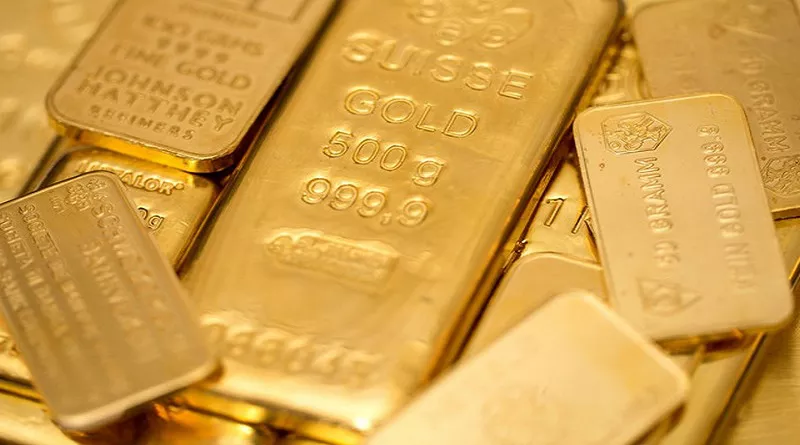Gold prices are charting new all-time highs with relative ease, marking a robust bullish trend buoyed by strong central bank demand. The precious metal has shown resilience against historical headwinds such as rising real yields, indicative of a significant bullish development.
Despite the notable uptrend, short to medium-term fundamental factors are likely to impose a temporary ceiling on gold prices in the coming quarters. Factors such as persistently positive real yields and a robust dollar, coupled with the absence of anticipated rate cuts, present challenges for the precious metal in the near term.
Real Yields and Central Bank Demand:
Gold has demonstrated resilience against rising real yields, thanks to substantial central bank purchases. The diversification of foreign exchange reserves into gold remains a powerful, long-term driver for the asset class. While the relationship between gold and real yields has evolved, recent data suggests that central bank acquisitions of gold outweigh any potential headwinds from elevated real yields.
Gold and Real Yields Relationship:
The short-term view, however, indicates that the gold price may be reaching an extreme level relative to real yields. Despite changing correlations, the short-term pricing of gold appears fairly valued from a real yields perspective. The potential for a significant rally in precious metals may be contingent on a material decrease in real yields, primarily driven by institutional flows.
Inflation Expectations and Rate Cuts:
For real yields to decline and incentivize significant institutional flows into the precious metals sector, inflation expectations must persist and outpace interest rates. Anticipated rate cuts might not materialize as early as the market expects, potentially impacting the precious metals market in the short term.
Dollar Strength and Gold Valuation:
Gold’s valuation relative to the dollar suggests that the precious metal has moved ahead of itself in the short term. The historical negative correlation between gold and the dollar has been a consistent trend. Despite the anticipation of a future bear market in the dollar, the current gold vs. dollar valuation model indicates that gold is currently fully priced relative to the dollar.
Sentiment, Positioning, and Technicals:
Sentiment toward gold remains bullish, with room for further investor optimism. However, positioning, particularly in managed money long exposure, appears stretched and close to levels associated with short-term market tops. A potential unwinding of long positions may be necessary before witnessing the next substantial upward movement in gold. The technical picture suggests a potential correction, with a target around $2,000, forming a bear flag structure.
Seasonality and Long-Term Bullish Outlook:
Seasonal support for gold prices is expected to continue over the next month or two, but quarters two and three often see volatile price action before a more bullish trend later in the year. Despite short to medium-term challenges, the long-term structural bull case for gold remains robust, driven by persistent deficit spending, increasing government debt, and global diversification away from the U.S. dollar.
In conclusion, while gold’s journey to new all-time highs is underway, a cautious approach is warranted in the short to medium term. Factors such as real yields, inflation expectations, and the timing of rate cuts will play crucial roles in shaping the trajectory of gold prices in the coming quarters. Patience may be required for gold bulls, particularly if rate cuts do not materialize as early as consensus expects.


